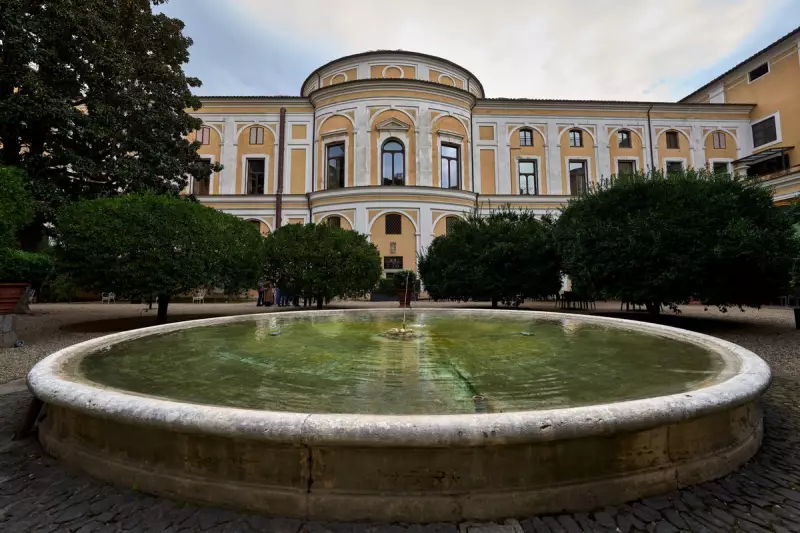
While millions flock to Rome's Colosseum and Sistine Chapel each year, an extraordinary secret remains hidden in plain sight within the city's historic centre. The Colonna Palace, one of Rome's most exclusive tourist destinations, maintains an air of aristocratic mystery that few visitors ever penetrate.
The Palace That Time Forgot
The private home-museum spans four wings across an entire city block, yet most tourists pass by unaware of the treasures within. The current owners continue their family's tradition of seclusion, keeping the baroque palace's magnificent collection of paintings, sculptures, busts and tapestries largely hidden from public view.
Access remains strictly limited to small groups of just ten people at a time, guided by expert art historians during brief opening hours on Friday and Saturday mornings. This carefully controlled access policy reflects the family's firm stance against mass tourism.
"We cannot have mass tourism. It is not the wish," explained Elisabetta Cecchini, a restorer working within the palace. She emphasised that the reason any visitors are permitted at all stems from the belief that "art dies in the absence of public appreciation." The palace, she noted, "is not intended as a museum to be commodified."
A Living Legacy of Roman Nobility
The Colonna family has owned the palace since the 12th century, establishing themselves as part of Rome's "black nobility" - families who remained loyal to the Pope when the Italian army captured the city in 1870 to create a unified Italy. Their name derives from the black banners they displayed outside their palaces, signalling their mourning for the lost Papal States.
The sitting prince, Don Prospero Colonna, still resides within the palace walls, occasionally granting permission for prestigious events. These rare occasions have included the 2005 release of Pope John Paul II's book and the 2018 Metropolitan Museum of Art exhibition of Catholic fashion, attended by notable figures including designer Donatella Versace and Vogue's Anna Wintour.
Claudio Strinati, former superintendent of Rome's museums, strongly supports the palace's protective approach. He describes it as "indubitably one of humanity's greatest artistic heritages" and emphasises the family's duty to preserve it. "These were not conceived as tourist attractions," he noted. "Rather, they are made for those who have a certain understanding of history."
Preserving History Against All Odds
The palace's survival through turbulent times owes much to Princess Isabella Colonna's courageous actions during the Nazi invasion of Rome. Before fleeing the city, she ordered all artworks to be "crammed into a wing of the building whose entrances were then walled up," according to Cecchini. This desperate measure successfully concealed the collection from occupying soldiers.
For two centuries, the Colonnas have maintained a trust ensuring the palace's precious artworks remain in situ forever. The interior reveals layers of power and privilege, from the Throne Room's portrait of Oddone Colonna, who became Pope Martin V in 1417, to the Great Hall's spectacular frescoed ceiling depicting the naval victories of 16th-century commander Marcantonio Colonna.
The magnificent 76-meter Great Hall, with its marble columns and glittering chandeliers, achieved cinematic fame as the setting for the final scene in the 1952 classic "Roman Holiday." In a poignant moment, Audrey Hepburn's princess character, when asked which city she most enjoyed on her European tour, delivers the unforgettable line: "Rome. By all means, Rome. I will cherish my visit here in memory as long as I live."
As Patrizia Piergiovanni, director of the palace's gallery, observed in the orange tree-dotted internal courtyard: "We can say that the Colonna cannot exist without Rome, but even Rome cannot exist without the Colonnas. Being one of the great families, they have contributed a lot."





